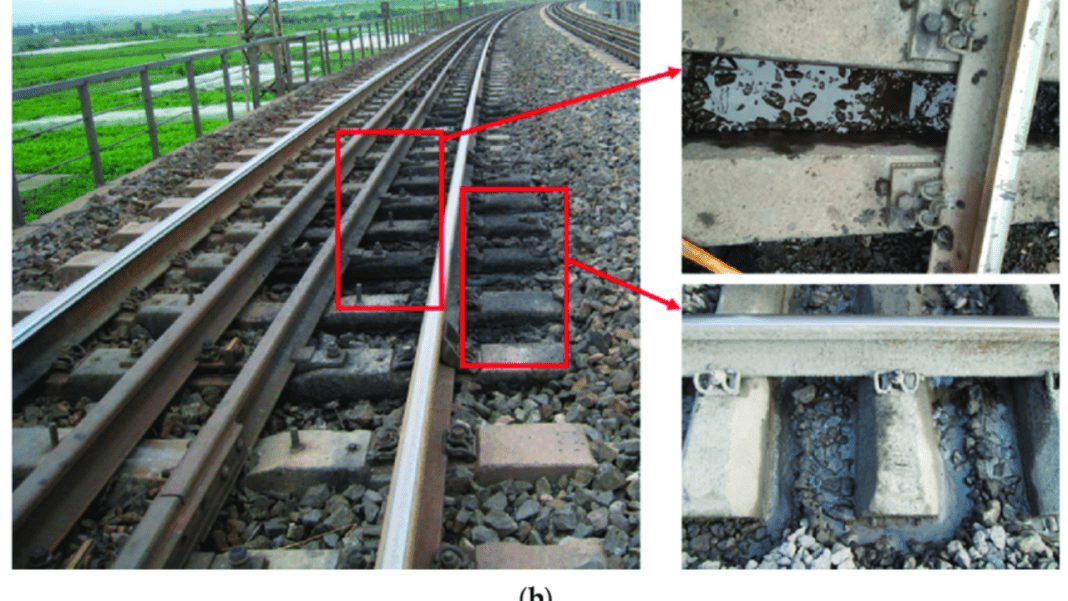Indian Railways: Railway tracks often feature an abundance of pebbles or gravel, commonly referred to as ballast. While many people notice these stones, the purpose and process behind their placement remain lesser-known. This article delves into the reasons for laying ballast on railway tracks, the method of its placement, and the importance of track maintenance.
Why these ballasts are laid on Railway Tracks
Contrary to popular belief, pebbles are not placed on railway tracks to stop trains. Instead, they serve several crucial functions:
- Reducing Vibrations and Noise: As trains move along the tracks, they generate significant vibrations and noise. The ballast helps in dampening these vibrations and reducing the noise, contributing to a smoother and quieter ride for passengers.
- Supporting Sleepers: The strips below the track, known as sleepers, are essential for maintaining track stability. Ballast prevents the sleepers from spreading during train movement, ensuring the track remains intact and safe.
- Preventing Soil Sinking: Ballast provides a stable foundation, preventing the sleepers from sinking into the soil. This stability is vital for the long-term durability of the tracks.
- Inhibiting Vegetation Growth: The presence of ballast also prevents grass and weeds from growing on the tracks, which could otherwise interfere with the railway’s operation.
The Process of Laying Ballast
Laying ballast on railway tracks involves a meticulous process to ensure optimal functionality:
- Initial Placement: Initially, a layer of ballast is spread evenly over the track bed.
- Track Laying: The railway tracks and sleepers are then laid on top of this ballast layer.
- Tamping and Leveling: Specialized machinery is used to tamp and level the ballast, ensuring that the tracks are properly aligned and stable.
Maintenance of Ballast
Maintaining ballast is crucial for the safety and efficiency of railway operations. Indian Railways employs modern track machines to handle this maintenance:
- Modern Track Machines: These machines help in efficiently maintaining the tracks, especially on busy routes. The use of advanced technology has improved the speed and quality of maintenance, enhancing overall safety and reducing expenses.
- Track Blocking: Sometimes, tracks need to be blocked temporarily for maintenance work. While this can lead to train cancellations, it is essential for ensuring the long-term safety and reliability of the railway network.
Importance of Track Maintenance
According to Indian Railways, regular track maintenance is vital to prevent accidents and ensure smooth operations:
- Safety: Proper maintenance increases safety for passengers and railway staff.
- Cost Efficiency: Although maintaining ballast involves significant expenditure, it ultimately reduces long-term costs by preventing major repairs and accidents.
- Improved Speed and Quality: With the use of modern technology, maintenance work is now faster and of higher quality, allowing trains to operate more efficiently.





